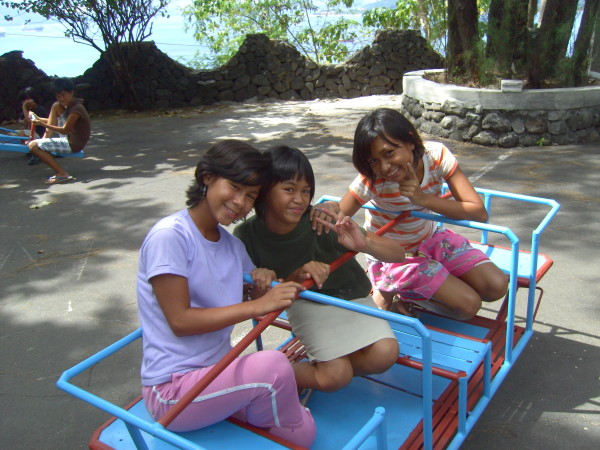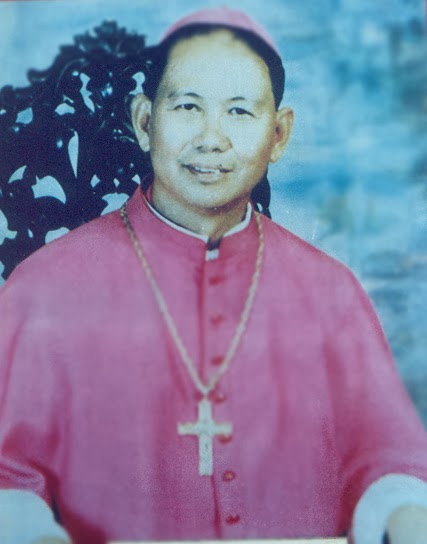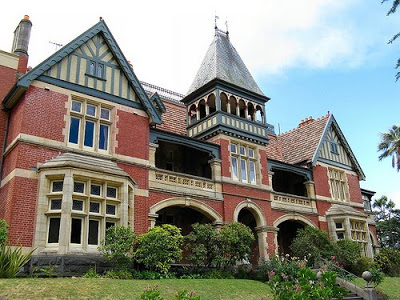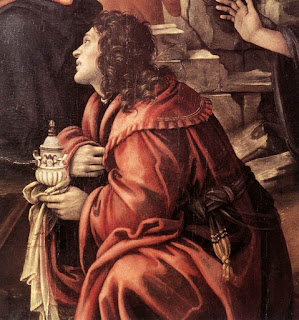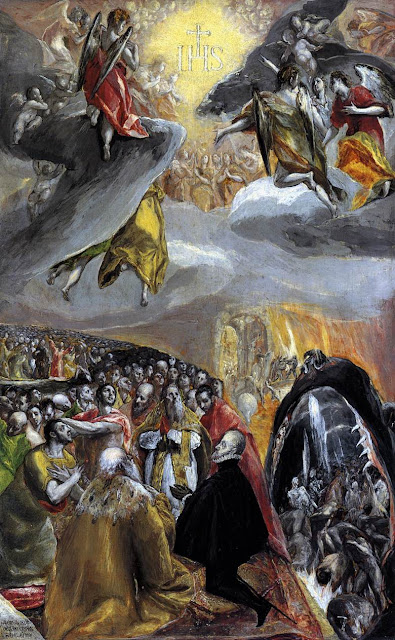‘The people who sat in darkness have seen a great light . . .’ Sunday Reflections, 3rd Sunday in Ordinary Time, Year A
Neubrandenburg, Caspar David Friedrich [Web Gallery of Art]
The people who sat in darkness
have seen a great light,
and for those who sat in the region and shadow of death
light has dawned (Matthew 4:16, NRSVCE).
Readings (New American Bible: Philippines, USA)
Readings (Jerusalem Bible: Australia, England & Wales, India [optional], Ireland, New Zealand, Pakistan, Scotland, South Africa)
Gospel Matthew 4:12-23 [or 12-17] (New Revised Standard Version, Catholic Edition, Canada)
Now when Jesus heard that John had been arrested, he withdrew to Galilee. He left Nazareth and made his home in Capernaum by the sea, in the territory of Zebulun and Naphtali, so that what had been spoken through the prophet Isaiah might be fulfilled:
“Land of Zebulun, land of Naphtali,
on the road by the sea, across the Jordan, Galilee of the Gentiles—
the people who sat in darkness
have seen a great light,
and for those who sat in the region and shadow of death
light has dawned.”
From that time Jesus began to proclaim, “Repent, for the kingdom of heaven has come near.”
[As he walked by the Sea of Galilee, he saw two brothers, Simon, who is called Peter, and Andrew his brother, casting a net into the sea—for they were fishermen. And he said to them, “Follow me, and I will make you fish for people.” Immediately they left their nets and followed him. As he went from there, he saw two other brothers, James son of Zebedee and his brother John, in the boat with their father Zebedee, mending their nets, and he called them. Immediately they left the boat and their father, and followed him.]
Missa Brevis in G Major, Kyrie, Mozart
Lumen Choir, conducted by Jooyoung Kim
‘Once upon a time’, 5th Annual Concert (1 December 2012)
Moonjeong-dong Catholic Church, Seoul, South Korea
Last Sunday here in the Philippines was the the Feast of the Santo Niño (Holy Child). The gospel was Matthew 18:1-5, 10 in which Jesus tells us Whoever becomes humble like this child is the greatest in the kingdom of heaven. I saw his words come to life at the end of Mass in Holy Family Home for Girls here in Bacolod City where I live.
In January 2014 four new girls came to the home. One, whom I’ll call ‘Josie’, was aged 14 and profoundly deaf. Her main way of communicating was Sign Language. The Sisters, staff and some of the girls began to learn some Sign Language. The other three new girls included two aged ten and one aged six.
At the end of Mass I saw ‘Josie’ sitting and quietly crying. I wasn’t quite sure why. One of the ten-year-old new girls, rather small for her age but very lively and whom I’ll call ‘Grace’, went over to ‘Josie’ and put her arms around her to comfort her. Whoever becomes humble like this child is the greatest in the kingdom of heaven.
The majority of the girls in Holy Family Home have had horrific experiences, in most cases within their own family circle. They truly have sat in darkness.
[‘Josie’ was able to go home last year. We discovered that she had some hearing and, with hearing aids, she has improved her speech and hearing considerably. The other three girls are still at Holy Family Home].

The Virgin and Child with St Martina and St Agnes, El Greco [Web Gallery of Art]
I will celebrate Mass again in Holy Family Home on Monday evening to mark the feast of St Agnes, 21 January. Each year in the Home we combine a celebration of St Agnes the Martyr (c.291 – c.304), patron saint of chastity, of young girls and of rape victims, and Blessed Laura Vicuña (1891 – 1904), a patron of abuse victims who offered her life for the conversion of her mother and whose feast day is 22 January. (We moved the celebration this year to 23 January for liturgical reasons).
Each year I tell the girls that the life of Blessed Laura, whose father died when she was young, was so like their own and that she became a saint in the midst of and through her sufferings, especially the cruelty of her stepfather who wasn’t married to her mother. Despite her young age she had the maturity, generosity and holiness to offer her life so that her mother would return to the Lord. She told this to her mother when she was dying. It was the physical abuse of her stepfather that led to her death. Laura’s prayers were answered.

Blessed Laura Vicuña aged 10 [Wikipedia]
Laura understood the stark reality of the words of Jesus in today’s gospel: Repent, for the kingdom of heaven has come near. She also understood the power of God’s mercy. Repentance and God’s mercy are central to the preaching and teaching of Pope Francis. Since Blessed Laura, born in Santiago, Chile, and died in Argentina he must be familiar with her life that embodied what he has spoken about so many times.
Holy Family Home exists because of the sins of adults against girls, some only small children. It is a place where most of the girls have sat in the region and shadow of death. I have brought many visitors there and the one word they nearly all have used to sum up their experience is ‘joy’, a joy they find among the girls and among the Capuchin Tertiary Sisters of the Holy Family and the staff. Those who live there are a testimony to the truth of the words of Isaiah that we listen to in the First Reading and the Gospel this Sunday and that we listened to at the Mass During the Night at Christmas:
The people who sat in darkness have seen a great light, and for those who sat in the region and shadow of death light has dawned.
+++

Call of the Sons of Zebedee, Marco Basaiti [Web Gallery of Art]
The second part of today’s gospel tells us of the call of the first disciples who were later called to be apostles, the brothers Simon Peter and Andrew, and the sons of Zebedee, James and John. Though Immediately they left their nets . . . Immediately they left the boat and their father, and followed him we know from the gospels that they continued to fish from time to time and to encounter stormy weather.
Here in the Philippines most fishermen are poor and go to sea in very small boats. In some countries larger boats go far from land and often encounter very dangerous weather. And a very large percentage of international seafarers – the largest group, I think – are Filipinos.
In Britain and Ireland the members of the Royal National Lifeboat Institute (RNLI) mostly volunteers, and their counterparts throughout the world, often put their lives in danger to save those in danger at sea. Irish Lifeboats covers both the RLNI in Ireland and Community Rescue Boats Ireland (CRBI). Last September Caitriona Lucas (41) a volunteer in the Irish Coast Guard and mother of two, died during a search-and-recovery operation off the west coast.
Irish musician and songwriter Phil Coulter, who lost a brother in a drowning accident, wrote a wonderful song about those who risk their lives at sea to save the lives of others, Home from the Sea. Here is a video of the song with Phil Coulter’s musicians, a choir of members of the RNLI and the late Irish singer Liam Clancy, than whom there was no one better to put across a ballad.
In our prayers today let us remember our fishermen, our seafarers and those involved in rescue work at sea. Let us remember too the members of a number of European navies who have saved countless refugees in the last couple of years travelling in unsafe boats from north Africa to southern Europe. Tragically, many refugees never made it.
On a cold winter’s night, with the storm at it’s height,
A lifeboat answers a call.
They pitched and they tossed, ’till we thought they were lost,
As we watched from the harbour wall.
‘Tho the night was pitch black, there was no turning back,
For someone was waiting out there,
And each volunteer had to live with his fear
As we joined in a silent prayer.
Chorus:
Home, home, home from the sea,
Angels of mercy, answer our plea.
And carry us home, home, home from the sea,
Carry us safely home, from the sea.
As they battled their way past the mouth of the bay
It was blowing like never before.
As they gallantly fought everyone of them thought
Of loved ones back on the shore.
Then a flicker of light and they knew they were right.
There she was on the crest of a wave.
She’s an old fishing boat and she’s barely afloat.
Please God, there are souls we can save.
Chorus……………..
And back in the town, on a street that runs down
To the sea and the harbour wall.
They had gathered in pairs at the foot of the stairs,
To wait for a radio call.
Then just before dawn, when all hope was gone,
Came a hush, and a faraway sound.
‘Twas the coxswain, he roared, ‘All survivors on board,
Thank God, and we’re homeward bound’.
Chorus………………..
+++
Then just before dawn, when all hope was gone,
Came a hush, and a faraway sound.
‘Twas the coxswain, he roared, ‘All survivors on board,
Thank God, and we’re homeward bound’.
The people who sat in darkness have seen a great light, and for those who sat in the region and shadow of death light has dawned.


